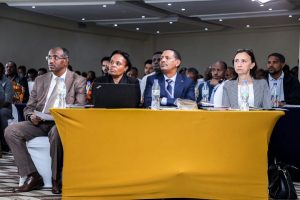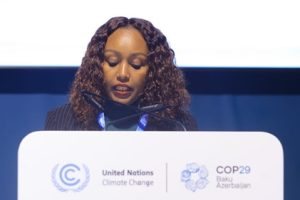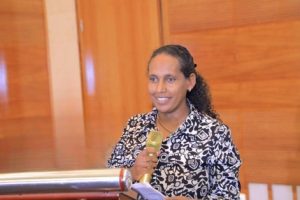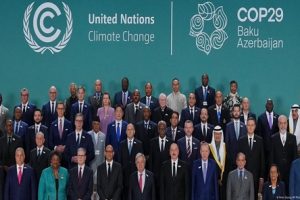
BY MUSSA MUHAMMED
Ethiopia has strengthened the work of minimizing degradation /damage of land, sustainably enhancing land productivity, improving the income of farmers, and preventing ecosystem damage by establishing sustainable land management methods are the overall objectives of the Sustainable Land Management Program (SLMP).
The program is implemented at national level in Amhara, Oromia, Tigray, SNNP, Benishangul-Gumuz, and Gambella regions in 135 woredas. The 1,929 water shade activities that are part of the program have significantly contributed to the accomplishment of the second Growth and Transformation Plan (GTP II).
Since the program has started to be implemented significant achievements have been attained. Among these achievements, private farmlands have been protected from soil erosion and this helped to increase the productivity of the land. Unproductive common farmlands have been rehabilitated and began to provide yield through soil and water conservation activities.
Mulat Berega, the program coordinator of the Gambella region stated that the program was introduced to Gambella in 2009. There have been extensive activities in creating job opportunities for young people in rural areas. Accordingly, more than 30 thousand young people have become direct beneficiaries due to program implementation.
According to Mulat, the construction of the information center has been completed in 4 stations found in 7 woredas of the region. Among these stations, three of them are fully equipped and have started operation by fulfilling the necessary equipment and completed network installation. This helps to have information easily.
Kiros Ereda is a farmer and a resident of Majang zone Gudere woreda Meti kebele. He is cultivating coffee plantation in the Ginde kore water shade on 7 hectares of land. The program provided Kiros with certified seed in 2017. Now, he is producing better yield than before due to the soil and water conservation work which is done by the program.
In the SNNP region, the program was started in 2010 in 10 woredas and now it is being implemented in 35 woredas. The program has been operational in 450 sub-water shades found in 465 kebeles.
Accordingly, the program benefited 269,992 beneficiaries. Among these, 226,165 are paternal households whereas 43,827 are maternal households in the Gambella state.
In the SNNP, Gurage zone Gumer wereda Bade kebele Beanagize village infuser (local naming) water shade, 80 farmers are incorporated in an association and Barley is being produced over 13 hectares of land on bench terrace since 2020.
Yenenesh Mohammed one of the farmer members of the Fuser water shade association said, that she is able to produce barley due to soil, and water conservation activities that have taken place under the program.
She added that she has been producing only domestic bananas before, and could not insure even her family’s food security. But through the support of the program, the farmers are excited to be organized into the association facilitated by the program including her.
The farmers and the association members concluded, that the change of heads, turnover of skilled professionals, failure to provide a report on time are the major problems encountered in the implementation of the program in Gambella and SNNP, Amhara, Oromia, Tigray, and Benishangul-Gumuz states.
They recommended that the activities under the program should be integrated with regional agriculture bureaus and should be adopted to be implemented in regular work.
The Ethiopian Herald January 2/2021





